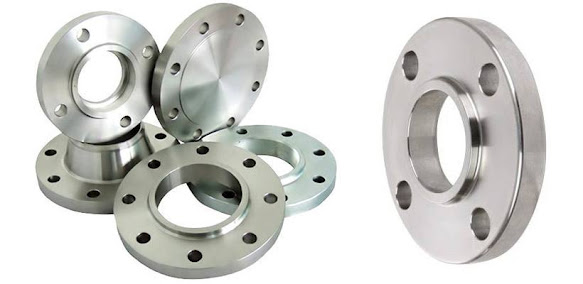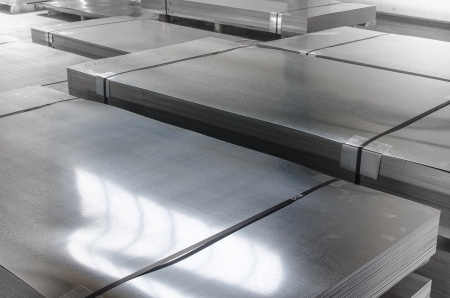Types Of Pipes, Flanges and Stainless Steel Sheets
Welded Pipe:
Different types of pipes are used in industries,
meaning of welded pipe is that a pipe which is produced by ERW process.
Welded pipe is made by electric resistance welding and seam is taken out while
manufacturing process. There are seamless pipes also but these are different
from welded pipes, and welded pipe or tube is lesser costly than seamless pipe.
Basic use of welded pipe is to transfer fluid (water or oil) and natural gas.
Cost of both types of pipes, i.e. welded and seamless pipes, depends on the
strength and durability. Seamless pipes are stronger and durable as compared to
welded pipes and hence these are costlier than welded pipes. Industry of
manufacturing of welded pipes is very large and it is growing day by day,
because of increasing demand of welded pipes. Welded pipes are used in many
industries due to its low cost, and these are used in food and beverage
processing industry, automotive industry, aerospace construction,
pharmaceuticals, marine and fishing and construction and mining.
Flanges:
If it is required to connect pipe system with
different equipment, valves and other components of a processing unit, then flanges
are one of the option, which is used for joining. When flanges are used, then
flexibility of piping system is increased and it allows improved access to
components. A flanged connection consists of pipe flanges, gasket and bolting.
Mostly, there are gasket and bolting material are made from the same material,
from which piping components are made and are to be connected. Stainless steel
flanges are most common but flanges are made from wide range of materials, and
it is needed to match these flanges with piping system. There are many types of
flanges available, they are threaded flanges, socket-weld flanges, slip-on
flanges, lap joint flanges, weld neck flanges, blind flanges and specialty
flanges.
Stainless Steel Sheets:
Stainless steel sheets are versatile and are used in
number of applications. It is considered due to its property of corrosion free,
longevity and formability. Main uses of stainless-steel sheets are in
construction, food service applications, transportation, chemical, marine and
textile industries. Difference between stainless sheet and stainless-steel
plate is that of their thickness. Thickness of stainless-steel sheet is less
than 6mm, whereas, stainless steel plate has a thickness more than 6mm.
Stainless-steel sheets have high tensile strength, durability and has
exceptional finish, and therefore it is ideal for food production and storage,
because, it do not affect the flavor of food.






Pipes, flanges, and stainless steel sheets are widely used across industries for fluid transfer, structural support, and food processing due to their durability and corrosion resistance. Just like Kf Flanges for Vacuum provide precise sealing in sensitive systems, selecting the right type of flanges ensures flexibility and proper connections in piping networks. Stainless steel sheets further enhance longevity and hygiene, making them ideal for applications where quality and safety are critical.
ReplyDelete